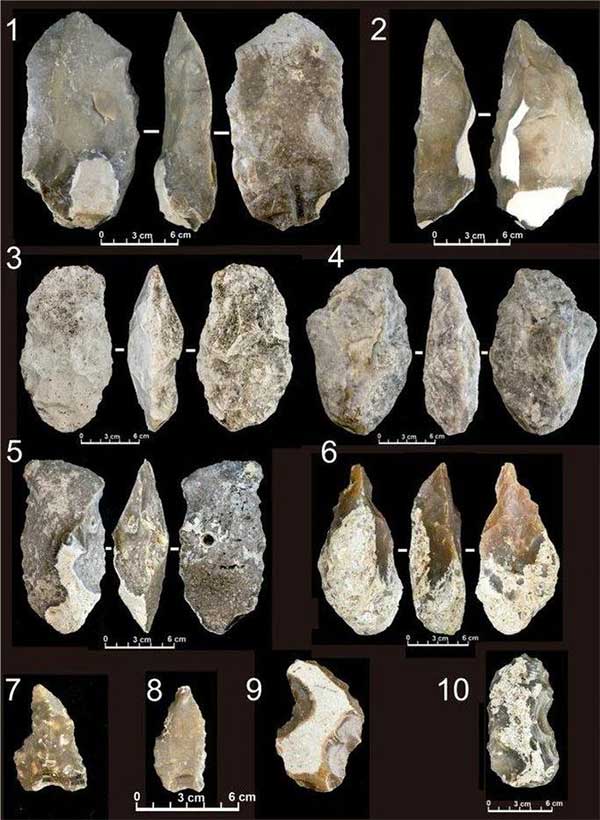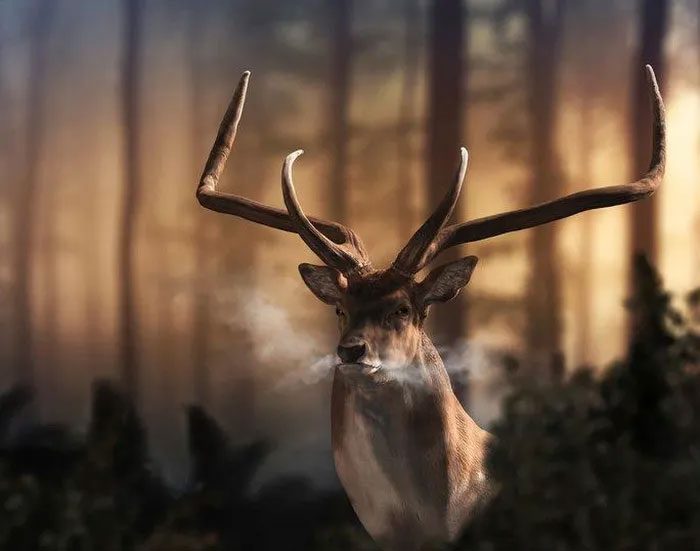A stunning extinct creature has been discovered in the area where Neanderthals once lived in Spain.
The newly identified species, named Dama celiae, inhabited the Manzanares Valley in Spain during the time of the Neanderthals.
This is an extinct species from the Dama genus of deer. Not only is it valuable as a new species, but it also provides insight into the life of our ancient relatives, as the remains of Dama celiae were found alongside tools used by these humans.

Recently excavated fossil remains – Photo: National Museum of Natural Sciences, Spain
Dr. Jan van der Made from the National Museum of Natural Sciences in Spain, the lead author of the study, stated that Dama celiae lived in Europe during the Pleistocene epoch, approximately 365,000 to 295,000 years ago.
Reconstructed images depict them with a beautiful set of antlers reminiscent of the “forest gods” in Western mythology, often described as a deer with large, intricate antlers.
“This new species is the last member of the lineage Dama farnetensis – Dama vallonnetensis – Dama roberti – Dama celiae, with antler numbers decreasing from four to two, while parallel lineage leading to living deer evolved in a more complex manner,” the authors noted.
The fossil remains of Dama celiae, including a rib with seven cut marks, were collected from sand pits in Pedro Jaro I and Orcasitas in the Manzanares Valley.

Reconstruction of the extinct “forest god” – (Photo: National Museum of Natural Sciences, Spain)
A massive collection of Acheulean stone tools, such as hand axes, cleavers, and flakes, has also been recorded from the same site. This indicates that they were hunted by humans living at that time – the Neanderthals.
The discovery of the new deer species has just been described in the scientific journal Archaeological and Anthropological Sciences, as scientists continue to investigate its interactions with ancient humans, hoping to gain further insight into Neanderthals.
The “other” humans, Neanderthals are believed to have gone extinct roughly 30,000 to 40,000 years ago. They belong to the same genus, Homo, as modern Homo sapiens and, in the past, interbred with Homo sapiens. Many modern individuals, especially those in Northern Europe, still carry significant genetic traits inherited from this ancient human ancestor.


















































